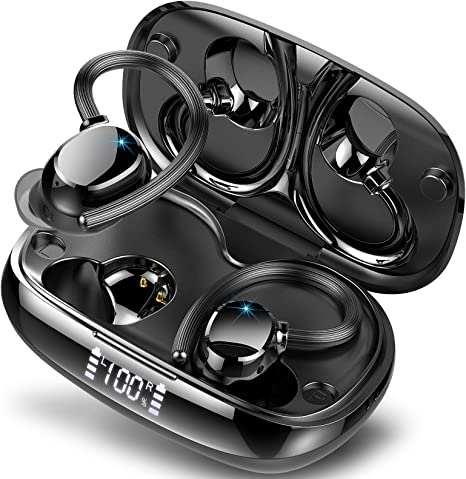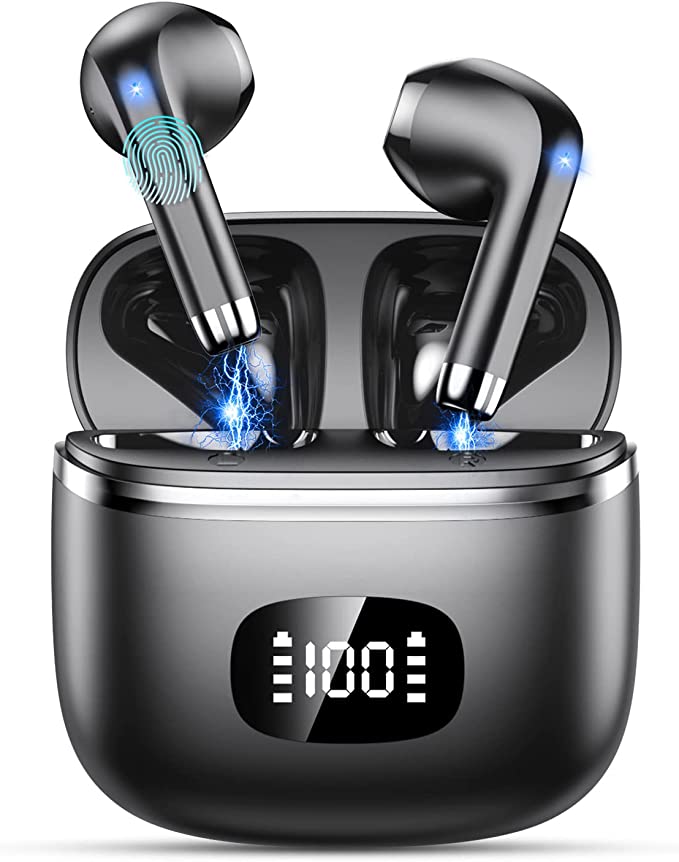Beyond the HEPA Standard: How Certifications Like AHAM and CARB Define True Air Purifier Performance
Update on July 28, 2025, 4:14 p.m.
In our modern homes, an invisible world teems with unwelcome guests: dust, pollen, pet dander, mold spores, and volatile organic compounds (VOCs) from furnishings and cleaning products. The market is flooded with devices promising to restore our indoor air to a pristine state. But in a field where claims can be as invisible as the pollutants themselves, how can we separate proven performance from mere marketing? The answer lies not in slogans, but in the language of science and rigorous, independent certification. By examining a specific device, the BLUEAIR Classic 480i, we can decode the standards that truly matter and understand what constitutes a thoughtfully engineered air purification system.

Measuring Muscle: What “AHAM Verified” and CADR Really Tell You
Imagine trying to buy a car where every manufacturer invented their own way of measuring speed. The result would be chaos. In the North American home appliance industry, the Association of Home Appliance Manufacturers (AHAM) acts as an essential, independent referee to prevent this. When an air purifier, such as the Blueair Classic 480i, bears the “AHAM Verifide” seal, it signifies that its performance claims have been tested in a third-party lab according to a strict, standardized protocol (ANSI/AHAM AC-1).
The core metric this program verifies is the Clean Air Delivery Rate (CADR). CADR isn’t a measure of how well a filter works in a single pass, but rather a measure of results: how much clean air the entire system delivers into your room. It’s a measurement of speed and volume, expressed in cubic feet per minute (cfm). A higher CADR means the unit can clean the air in a room faster.
The CADR rating is broken down into three numbers, representing its effectiveness against three common particle types of different sizes:
- Tobacco Smoke (0.09-1.0 microns)
- Dust (0.5-3.0 microns)
- Pollen (5.0-11.0 microns)
For the Blueair Classic 480i, the independently verified numbers are substantial: a CADR of 280 cfm for Smoke, 300 cfm for Dust, and 300 cfm for Pollen.
But what do these numbers mean for your living room or bedroom? AHAM provides a simple rule of thumb: they recommend a room size based on the purifier’s smoke CADR, calculated to ensure the device can exchange all the air in that room five times per hour (5 ACH). For the 480i, this translates to a recommended room size of 434 square feet. This 5 ACH standard is crucial, as it ensures the purifier is not just slowly chipping away at pollutants but actively maintaining a clean environment by removing contaminants faster than they can typically accumulate.

The Efficiency Equation: Performance per Watt
Constant operation is key to maintaining indoor air quality, which means an air purifier’s energy consumption is a vital factor. A powerful unit that is prohibitively expensive to run is an impractical solution. This is where the ENERGY STAR certification comes into play. Run by the U.S. Environmental Protection Agency (EPA), this program doesn’t just look for low power draw; it demands efficiency.
To earn the ENERGY STAR label, an air purifier must deliver a high CADR relative to its power consumption, measured in CADR/Watt. The Blueair Classic 480i, with a power consumption ranging from a mere 15 watts on its lowest setting to 90 watts at its highest, meets these stringent requirements. This efficiency is a direct result of its core HEPASilent™ technology, which combines electrostatic charging of particles with a less dense mechanical filter. This clever combination allows air to pass through with less resistance, requiring less fan power to achieve a high volume of clean air, thus saving energy and reducing operational noise. At its lowest speed, its sound output is a whisper-quiet 32 decibels.
The Ultimate Litmus Test: CARB Certification and the Ozone Imperative
While power and efficiency are important, they are meaningless without safety. One of the most critical, yet often overlooked, aspects of air purification is the potential generation of ozone ($O_3$), a lung irritant that can aggravate asthma and other respiratory conditions. Some air cleaning technologies, particularly those relying solely on strong ionization, can produce ozone as an unintended byproduct.
This is where the California Air Resources Board (CARB) provides an indispensable layer of consumer protection. As one of the world’s most respected environmental agencies, CARB requires that all air purifiers sold in California be tested and certified to not exceed the U.S. Food and Drug Administration’s ozone emission limit of 50 parts per billion (ppb), according to the UL 867 standard.
The Blueair Classic 480i is ARB Certified, guaranteeing it does not contribute to harmful indoor ozone pollution. In fact, its design goes a step further. The included DualProtection filter utilizes a significant amount of activated carbon, a material renowned for its porous structure and ability to adsorb gaseous pollutants. A beneficial side effect of this carbon is its ability to react with and remove ambient ozone already present in the air, effectively turning the purifier into a device that not only cleans particles and VOCs but also actively reduces levels of this specific gaseous irritant.
Conclusion: From Certified Performance to Confident Breathing
In the end, selecting an air purifier is an act of trust—trust that a machine can effectively combat an invisible threat to your family’s well-being. The story of the Blueair Classic 480i demonstrates that this trust doesn’t have to be blind. It can be built on a foundation of verifiable evidence.
True performance is not a single number but a holistic system of engineering: the validated power measured by AHAM’s CADR, the responsible efficiency certified by ENERGY STAR, and the non-negotiable safety guaranteed by CARB. By learning to read this language of certification, we as consumers can move beyond marketing promises and choose devices that are demonstrably engineered not just to clean the air, but to do so intelligently, efficiently, and, most importantly, safely.


















